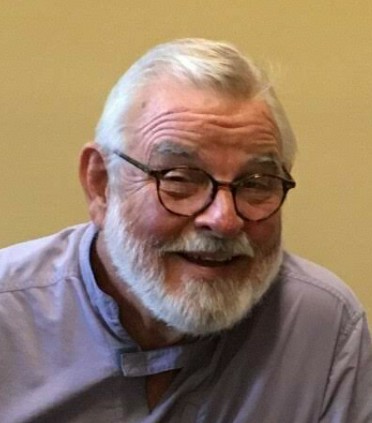Blaney Pridgen
All writers in Op Ed are here to inform and acknowledge issues of importance to our communities, however these writings represent the views and opinions of the authors and not necessarily of The Advertiser.
Remember the seesaw? Up and down on a long plank the children sit and move pushing the exorable ground with their feet. Some seesaws are adjustable, so that the ponderous parent might find balance with the child. Life is like that, finding the balance of our wills between the child and the adult who reside within us. Up and down, up and down, pushing against the ground… Without balance the heavier end holds the other up in the air precariously perched in powerlessness.
Recently, I came across a seesaw of words, twelve on each side. On one end of the long plank sit suffering, grief, ugliness, cruelty, waste, lost, stupidity, meanness, falsehood, selfishness, loneliness, and greed. On the other end sit joy, goodness, beauty, love, generosity, grace, laughter, good sense, honesty, compassion, mercy, and forgiveness. Do the two sides of the plank balance? May one side outweigh the other? Is there an incessant up and down as either takes a turn pushing against the ground? We cannot say. These words are unweighable. For example, how much good sense outweighs stupidity? How much selfishness overpowers generosity? Do beauty and ugliness balance? Until we pass through the open gate to peace at the last, we shall play seesaw. And we do not find that open gate. It just shows up and we get shoved through. Oh, wait a minute! Too many metaphors are getting mixed up here.
Back to the seesaw alone… Remember having a weight advantage over the other end? One could slam down to the ground thereby unsettling the other. One might even hold the other powerless for a long-time way up off of the ground. Reflecting on the shootings that beset us, wouldn’t it be great if compassion and love outweighed loneliness and the cruelty it breeds? I’ll bet the shooters are lonely people trapped in joyless and ugly situations. As to the abortion morass, a legal balance between good sense and loss might work. Right to life and right to choose need not be mutually exclusive, and both sides could benefit from more honesty and less meanness. The seesaw metaphor also works for the individual in want of a moral inventory. We might be allowing the suffering and grief in our lives to hold joy and grace hostage. It can be a choice. We all live on our seesaws.
The Montessori Method of early childhood education teaches that a child’s play is her or his necessary work in order to grow into functional maturity. Perhaps the playful metaphor of the seesaw might inform the work of being a decent rather than despicable adult. Decent is about as good as we get in becoming pretty good persons in life. We do so on a seesaw. Despicable never allows the good in us to gain gravity and traction. Good rarely hits the ground, when despicable comes around.
Finally, “seesawing” can mean repeatedly changing between two states or positions, i.e., being “wishy-washy.” As to states of being, we cannot help this with our emotions. Some of us are more steady emotionally than others, but we all fluctuate. As to positions, the question is just how repeatedly do we seesaw? If our positions on issues change a lot, say yearly or monthly, we lose credibility. If they change gradually, say over a decade, we gain credibility. If our positions absolutely never seesaw, we are sleeping too much and reading too little. Just saying.

